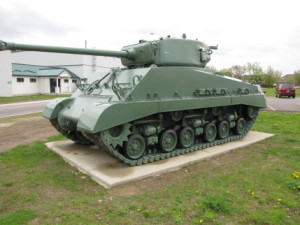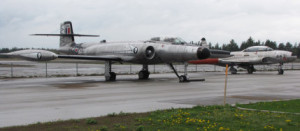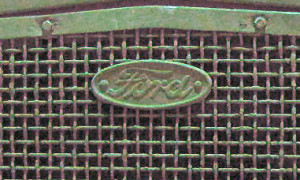A rainy day in May is a good time to go on a road trip! Too wet to sandblast and bugs were unbearable.
We decided to visit the Military museum at CFB Borden. The purpose was to visit the Worthington Tank Museum. Why the tank museum? I had heard that a lot of tractor parts and technology were used in military vehicles in WW2. ( I also like tanks…)
We found the facility to be outstanding and exhibits well done. The vehicles well displayed and an interesting cross section of history.
What we found and fell in love with was the Ford CMP. A WW2 vehicle produced by Ford of Canada. What a truck! It has Ford tractor DNA all over it (it was built just across the river from Ford’s Detroit tractor factories), right down to the Ford Flathead engine.
PHOTO TOUR
Some info on the CMP (from www.Mapleleafup.org)
From a standing start in 1939,Canada produced an incredible collection of unique and endurable softskin vehicles known as ‘CMP’, or Canadian Military Pattern. These vehicles served every Commonwealth army in every theater of war, and in many cases, went on to provide yeoman service to dozens of nations in every corner of the globe for decades after. That so many examples have survived to this day is a testament to the engineering excellence incorporated in their design and manufacture.
“Why the tank museum? I had heard that a lot of tractor parts and technology were used in military vehicles in WW2”
The CMP story really began in the middle thirties, when it looked as if Great Britain and her Commonwealth might have to once again take up arms against the rising tide of German nationalism.
As early as 1935, the British government had begun to make inquiries as to Canada’s potential as a manufacturing base for a wide variety of war-related goods. By 1937, Ford of Canada was working on developing a 15 cwt truck for military service, based on a very loose set of design parameters furnished through government channels by the British. A year later the program had accelerated, and General Motors of Canada was now also heavily involved. War was on the horizon, and all parties were desperate to standardize a new series of military vehicles which would be acceptable in British service, but designed for Canadian manufacturing processes.
The result of these desperate (and unusual!) collaborative efforts was the Canadian Military Pattern truck. Prototypes were undergoing rigorous testing by 1939, and all-out production by 1940.
By September 1st, 1945, Canada had produced almost 410,000 CMP vehicles alone, together with 306,000 modified conventional types, over 50,000 armored vehicles, and over 91,000 civilian vehicles modified for military service.









Leave a Reply